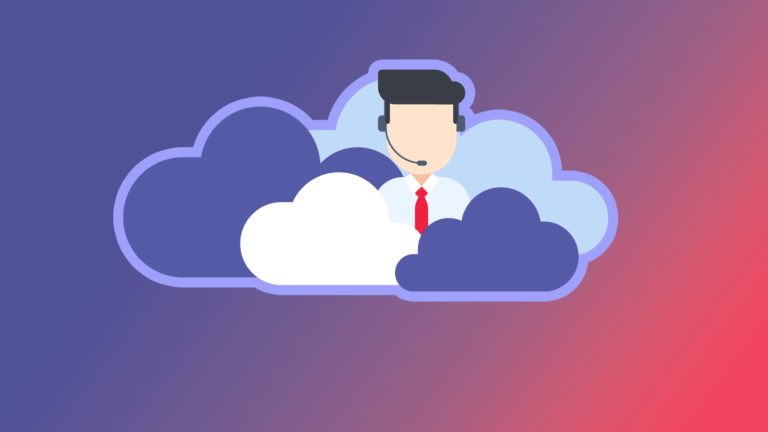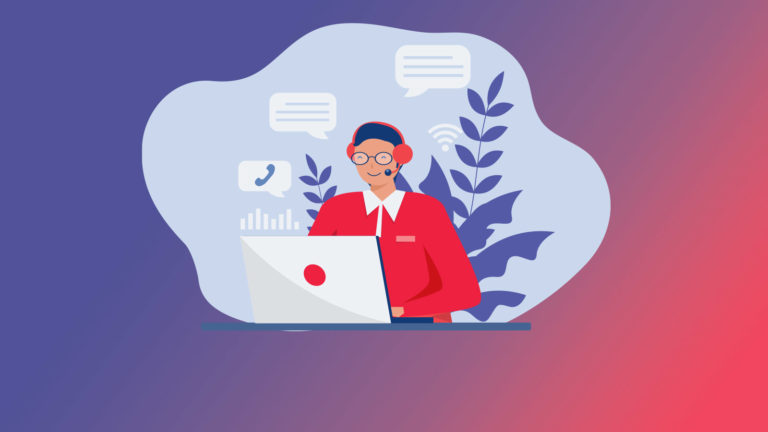[vc_row][vc_column][vc_column_text]Customer service vs customer experience—today’s world of business is more customer-centric than ever before. Customers expect more from their favorite companies, and their expectations of customer support have increased. The term “customer experience” and “customer service” are often confused or used interchangeably, but they have very different meanings.
WHAT IS CUSTOMER SERVICE?
Customer service refers to only one piece of the customer’s interactions with your business. It is focused on human interaction and directly supporting customers. It has a very narrow scope that only focuses on providing assistance and advice to a customer when needed. It is the human element in the customer journey, coming into play when the customer calls, emails, or chats into your contact center for assistance by an agent.
WHAT IS CUSTOMER EXPERIENCE?
Customer experience, or CX, is much broader in scope, involving interactions with the customer beyond the traditional, customer-service portion. CX analyzes how the customer is coming into contact with your company, what they’re taking away from their first glance at your webpage or retail store, their overall feeling from all of their interactions with various members of your team, and their satisfaction when purchasing your product.
Customer experience is the hottest trend among businesses nowadays as today’s customers care more and more about the ease and seamlessness of their experience. In fact, Gartner indicates that investment in CX is a top three priority of CEOs. Brand loyalties are not as powerful as they once were, and customers are willing to switch brands even after only one bad interaction.
Interested in learning more about the trends in CX? Click here.
CUSTOMER SERVICE SOFTWARE AND CUSTOMER EXPERIENCE SOFTWARE
Customer experience (CX) is the new way of thinking about customer interactions. The software your business implements should reflect this new way of thinking as well. The technology implemented for CX should be comprehensive, seamless, and easy-to-use for your customers.
As companies have increased their focus on the customer experience, they have offered new choices in channels such as chat bots, video calls, social media, and text messaging.
This expansion comes with problems, however. Many businesses are stuck using legacy systems that were optimized for voice channels. Many of these new communication channels were bolted on as these channels emerged, meaning they are not working together seamlessly with other channels. This can create silos between these communication channels and lead to a very disjointed journey for the customer, hurting your customer’s experience rather than helping it. Your contact center software should allow these different channels to work together to create a seamless experience for the customer, which leads us to omnichannel.
Rather than restricting the customer to voice channels and viewing interactions with the customer as “customer service”, businesses are beginning to expand the scope of their interactions and viewing all interactions as elements of a larger “journey”.
CALL CENTER SOFTWARE VS OMNICHANNEL CONTACT CENTER SOFTWARE
With the proliferation of new channels, call center software has evolved into contact center software. Contact center software differs from call center software in that it encompasses all forms of interactions rather than just voice calls, which is the main channel for call center software. Contact center software is meant to include channels like chat bots, video calls, social media, and text messaging. These channels that are outside the scope of traditional call center software. This gives customers more options on how to interact with your business, but generates the new issue of how to get these channels to work seamlessly with one another.
Contact centers are changing once again. There is a shift in interest in implementing omnichannel into contact centers. Omnichannel refers to an integrated customer experience where customers are able to communicate with companies over a preferred channel and change between channels with ease. An omnichannel strategy ensures that no matter which channel customers choose, the message or experience will be seamless. This means that a conversation with a customer that is happening over the phone can be transferred easily to SMS, video call, or any other channel of communication without the context of the conversation being lost.
Omnichanel solves the difficulty of having different channels in a contact center working seamless with one another. Implementing an omnichannel strategy will ensure a seamless customer journey from the beginning to the end, building customer loyalty and increasing customer satisfaction.
Read more about omnichannel capabilities here.
TRANSITIONING TO CUSTOMER EXPERIENCE—HOW TO IMPLEMENT OMNICHANNEL CONTACT CENTER SOFTWARE IN YOUR CONTACT CENTER!
Many businesses are emphasizing the customer experience rather than just customer service. Shifting to an omnichannel contact center is a necessity to offering great customer interactions.
So how do you get started? An omnichannel customer experience starts with a platform that includes all channels for today and tomorrow. Bright Pattern can help you make the upgrade to omnichannel contact center software. With Bright Pattern’s experienced support team and robust, truly omnichannel software, Bright Pattern can help you implement an omnichannel contact center in your contact center in weeks. [/vc_column_text][/vc_column][/vc_row]




